They’re uncomfortable sights, even for seasoned ringside aficionados: A deaf man and his opponent–paralysed from the waist down–bound at both hands and feet, reduced to head butting. Two men, normally wheelchair bound, writhe around on the canvas ring delivering blows to one-another with their elbows. It feels dangerous, almost wrong.
The members of Doglegs, the self-described “superhandicapped” pro wrestling league, aren’t looking for your pity, however. They want you to watch, wide-eyed, and feel the power, the ability, and the fire hidden inside their unusual frames.
The idea for Doglegs was born in 1991 at a volunteer group for the disabled. Two men were arguing over a mutual romantic interest, and as the argument became more heated punches were thrown and a brawl began. The group went wild, both fighters and spectators, at the sudden, electrical feeling of strength and empowerment the fight had given them. The leader of the volunteer group saw the potential: pro wrestling as a platform for these fiery fighters to be seen, and to challenge the public’s views towards disability.
Fast-forward 20 years and Doglegs has developed quite a following, with public tournaments several times a year and somewhere around 30 fighters dogging it out. Disabilities range from those physically able-bodied, but afflicted with mental illnesses like alcoholism and clinical depression, to “miracle heavy class”, where fighters are unable to stand. Audience members are often also disabled or come from the disabled care community, along with a core base of able bodied supporters and fans. But regardless of their background, after seeing a Doglegs match viewers are left with much to think regarding their preconceptions of the disabled.
Director Heath Cozens wants to spread this mind-blowing opportunity to a wider audience. For the past three years, he has been documenting the lives of Doglegs wrestlers, with the hope of introducing their struggles and glories to people in and outside of Japan.
His film centers around “Sambo” Shintaro, a man with cerebral palsy who is one of the heartbroken brawlers from the very first Doglegs fight. After 20 years, Shintaro is ready to retire from the league and focus on living a happy, normal life. Doglegs leader and organiser of the original volunteer group, Yukinori “Antithesis” Kitajima won’t make it easy on him, however. The able-bodied fighter challenges Shintaro to the match of a lifetime, on which his future hangs.
The bouts may be difficult to watch for some–seemingly “weak” people being violently beaten for the sake of entertainment. But that uncomfortableness is part of the film.
Says Cozens, “Hopefully, people will have unresolved questions and conflicting emotions forcing them to reassess their own assumptions about disability, how disabled people should be treated, and who gets to decide: Is what Doglegs is doing aspirational, healthy, fun? Or does it exacerbate and endanger already vulnerable people?”
For Doglegs brawlers themselves, wrestling is unquestionably about empowerment, and giving the finger to a society that often pushes them to the wayside. Says Shintaro, in an AFP news clip about the league, “This is a thing disabled people aren’t supposed to do, but we do it–and that’s why I like it.”
Cozens sees that as one of the keys to the film. “A lot of non-disabled people have resistance to seeing disabled people–they avert their eyes. But people with disabilities need to be seen to be recognized on a human level. How do we bridge the gap? In this film, with drama, humor, and a dash of violence. In other words, entertainment. When people can empathize with the characters, then they start to see beyond their disabilities.”
Currently, Cozens is seeking the financial support necessary to complete post-production on the film. He has high hopes for its release. “I hope the disabled people who watch will be inspired by the Doglegs fighters’ bravery and bravado, to live life on their own, unapologetic, terms. Maybe we’ll see some Doglegs spin-offs happening in the States? It’s already happening here in Japan.”
For those who want a sneak peek of what it’s all about, on June 2, the crew will be hosting a fundraiser to help raise awareness of the film and funds to complete post-production. Along with live music and special guests, the event will feature two real, live Doglegs matches–an opportunity for attendees to find out how empowering disabled pro wrestling can be, for both them and the fighters.
Check out http://doglegsmovie.com/ for more info about the Doglegs documentary, and get details for Party for the Right to Fight! on Sunday, June 2 at Las Chicas in Aoyama.
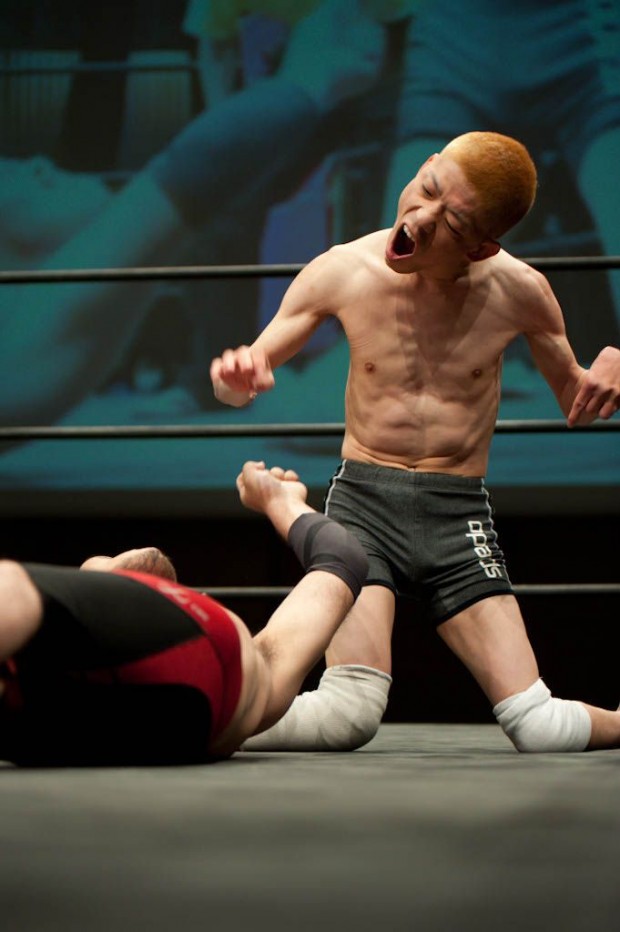
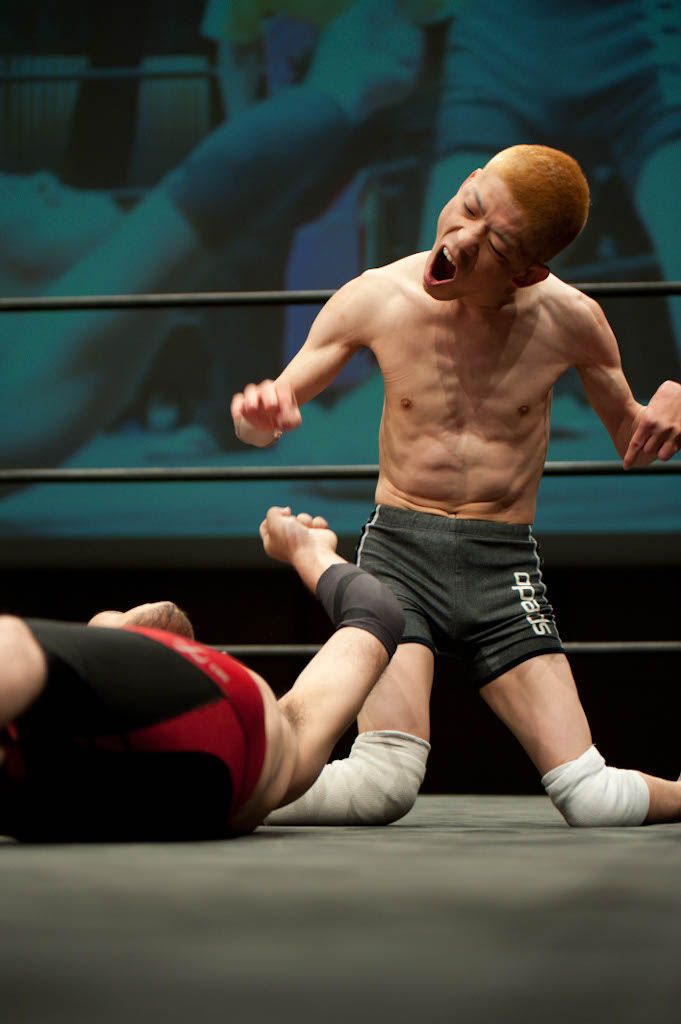
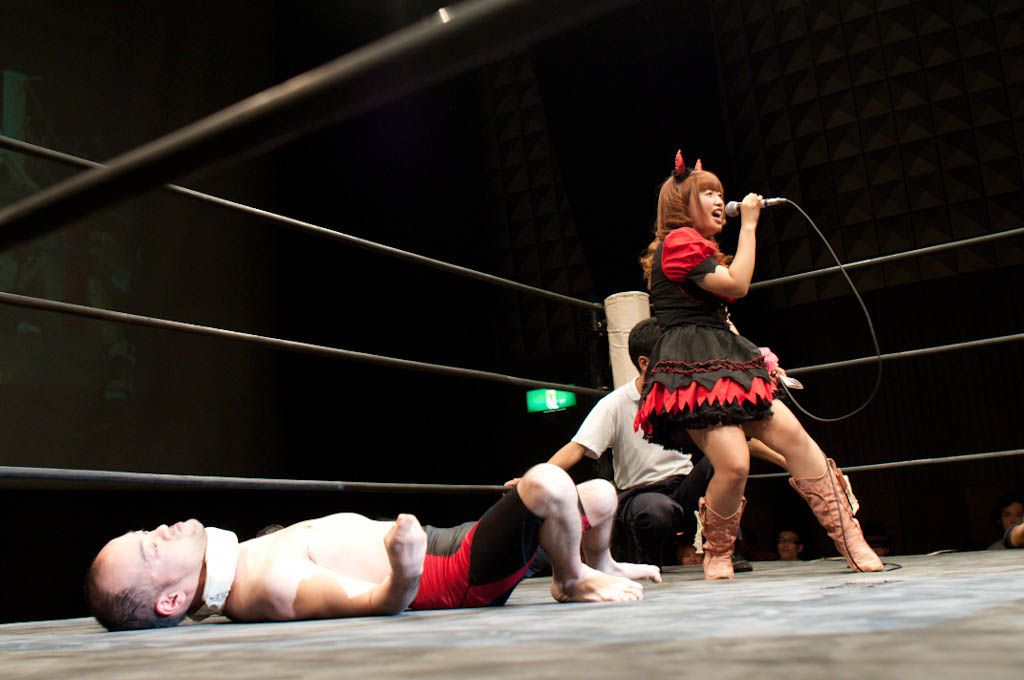
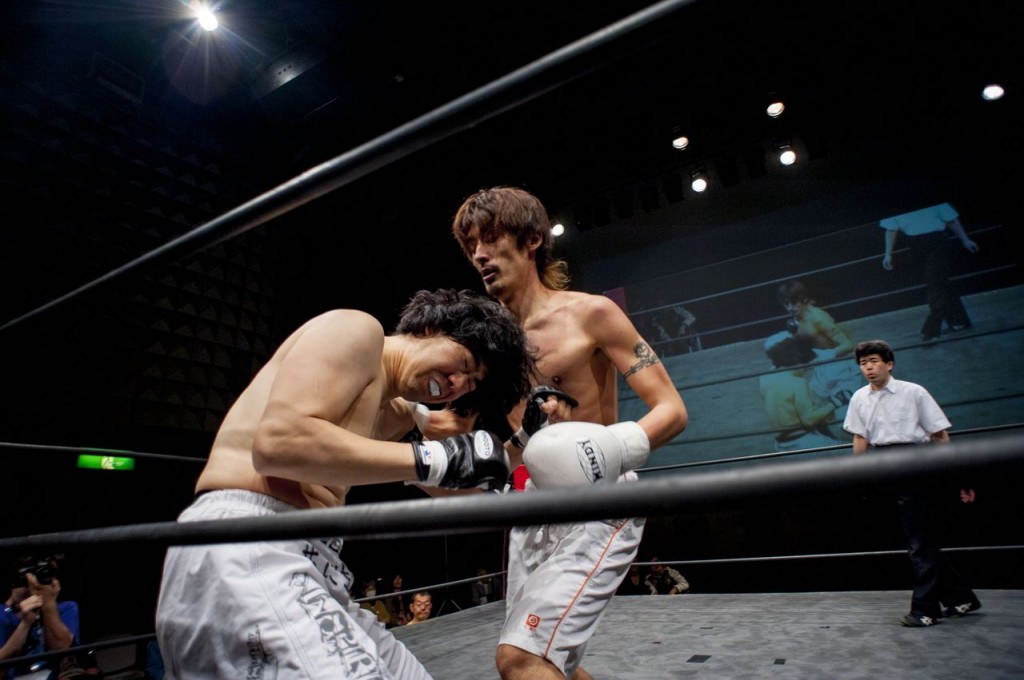
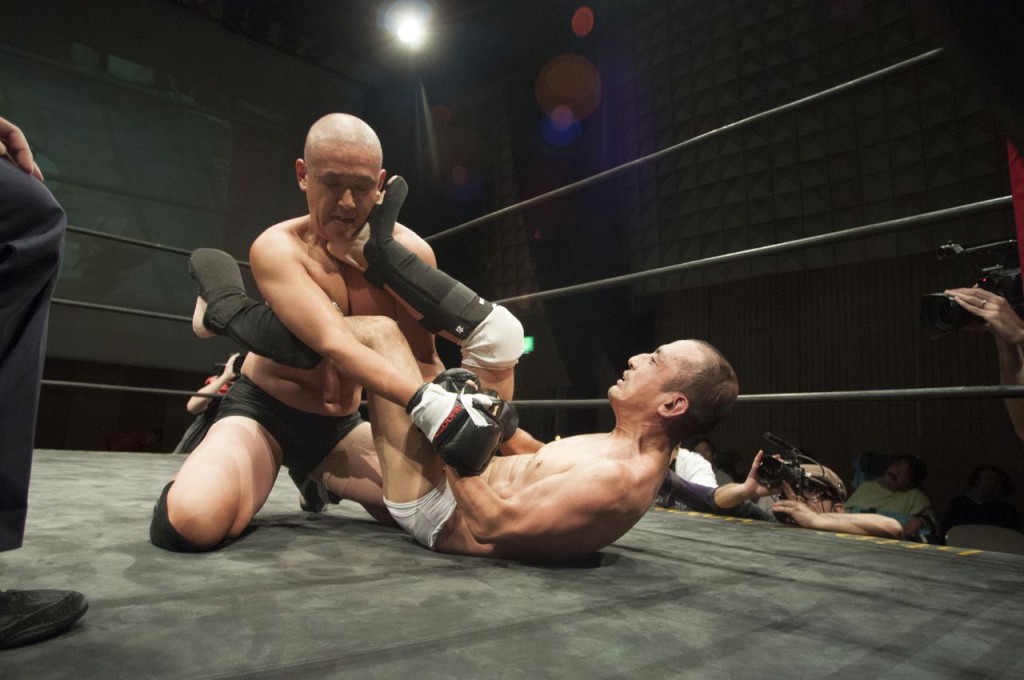
Interesting…
Exploitive and barbaric.
Can you explain why you think so?
Without knowing more about this it’s hard to determine whether or not it’s actual exploitative. However the idea is great. As most fighters will tell you it really comes down to ones heart and the ability to persevere… and these fighters would seem to have that covered. To me it seems like they would, in many respects, represent the best of the human spirit, overcoming and rising above. If they feel empowered by fighting, then I think many people could learn a lot from them. Just stepping into the ring takes more than a lot of people have (able-bodied or otherwise).